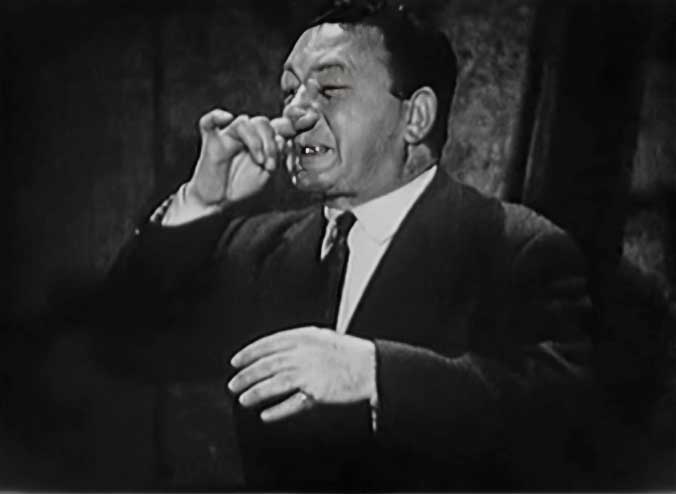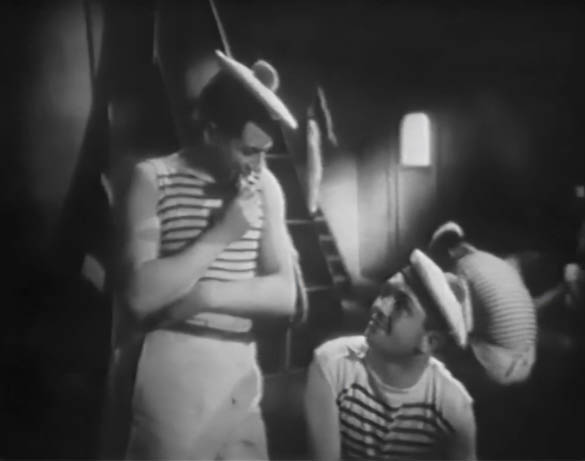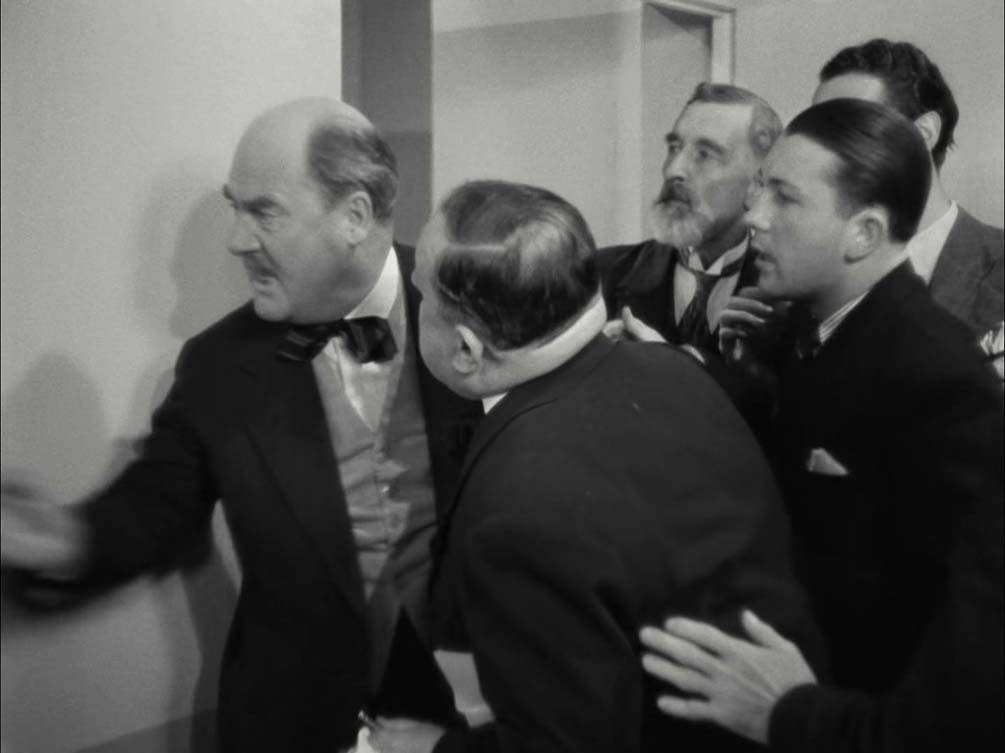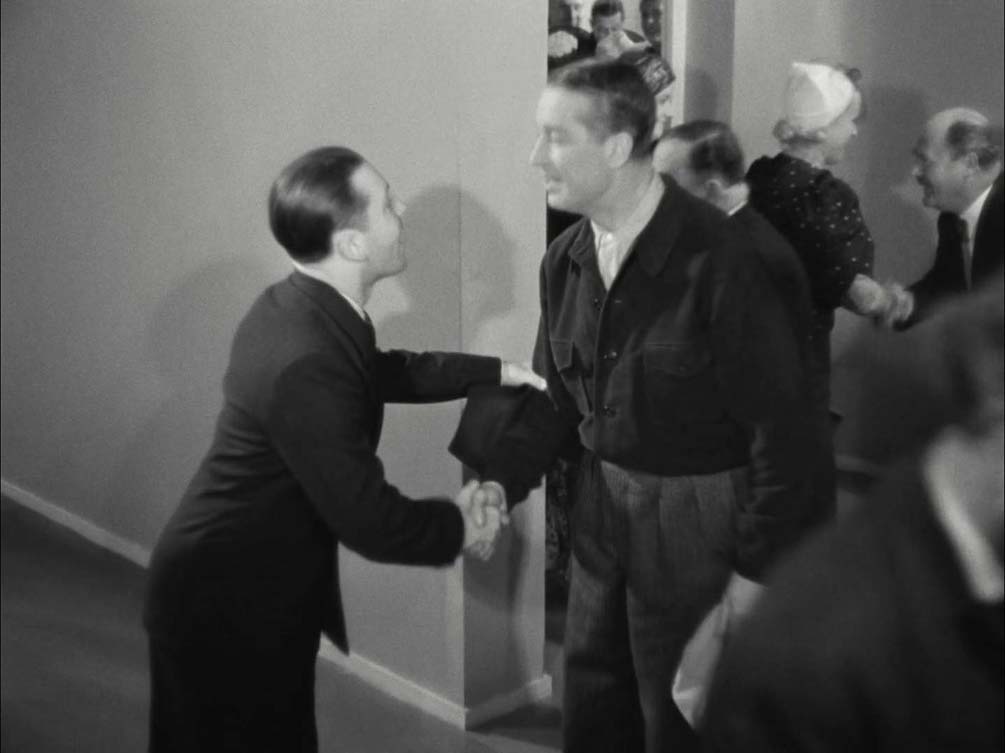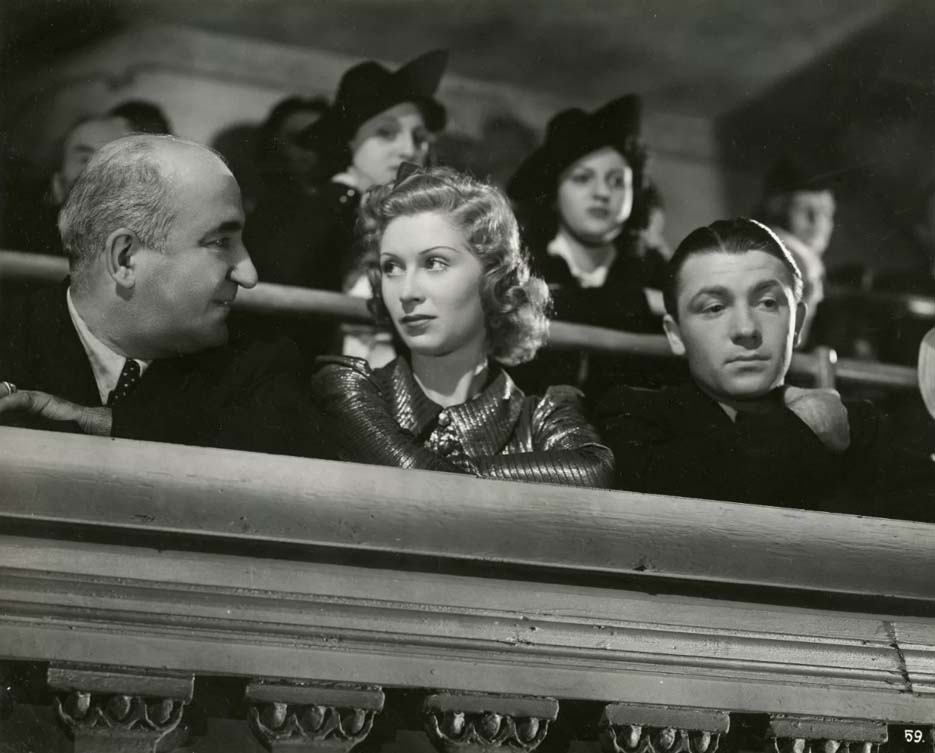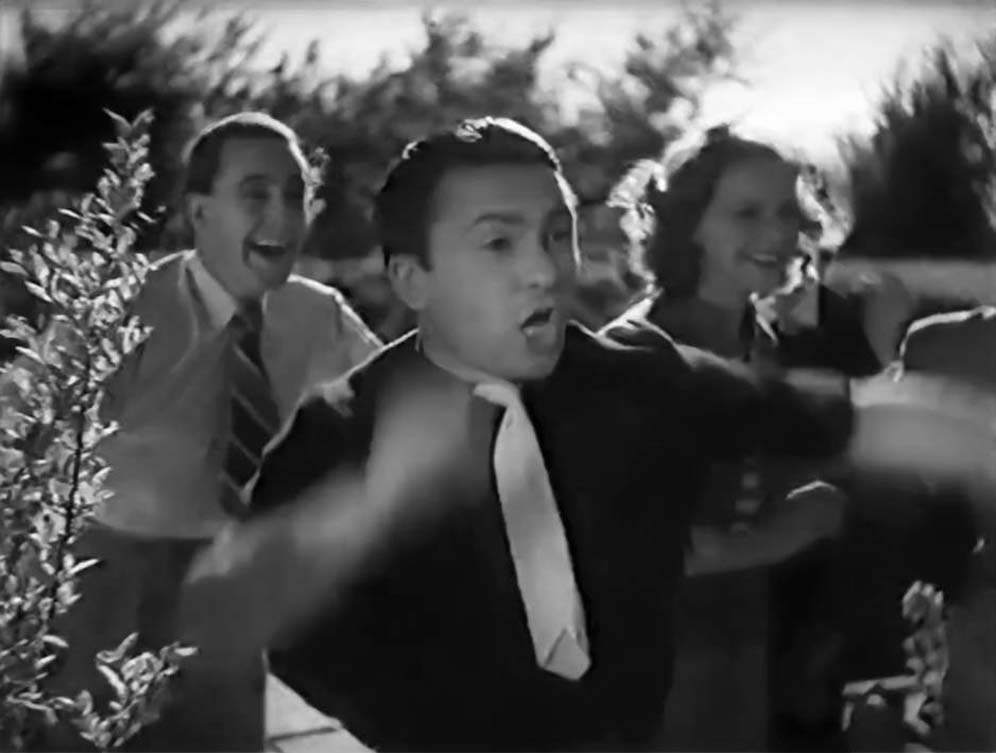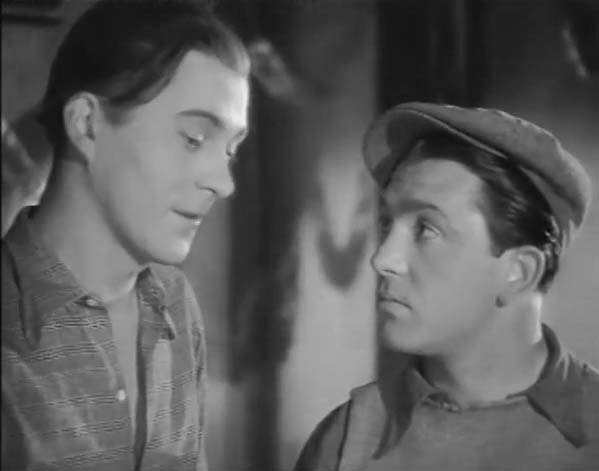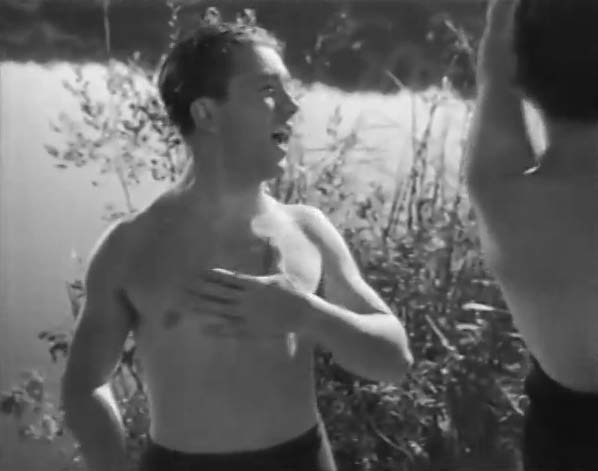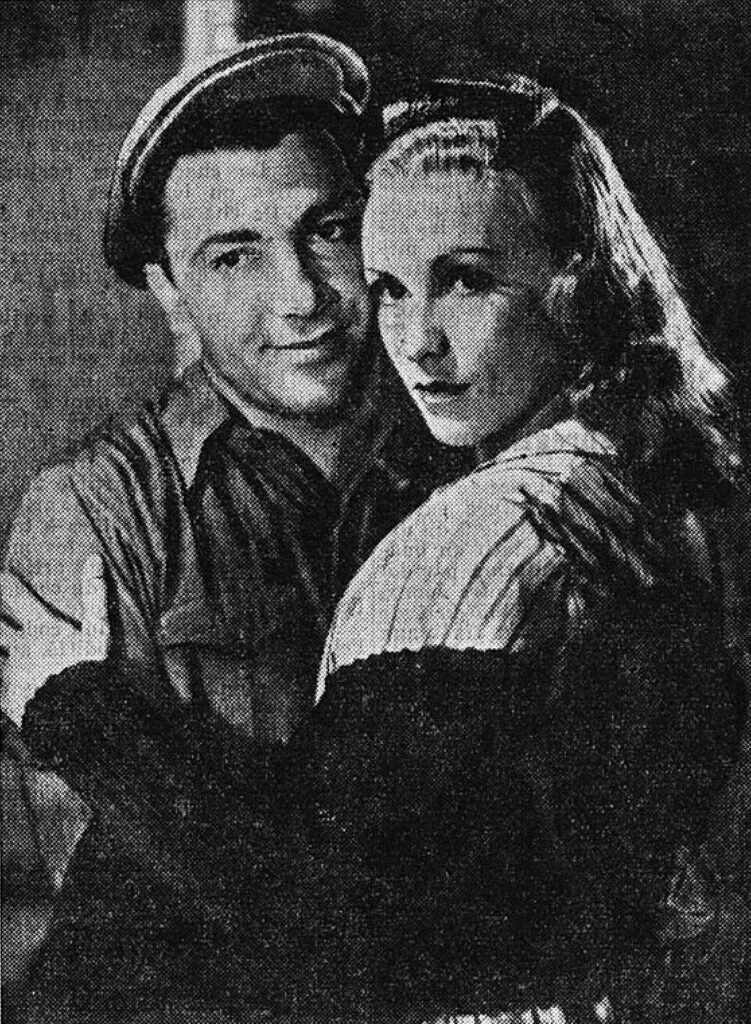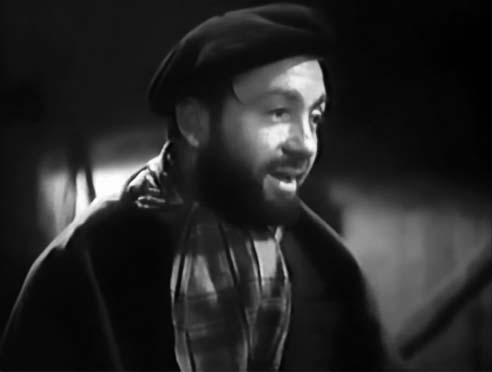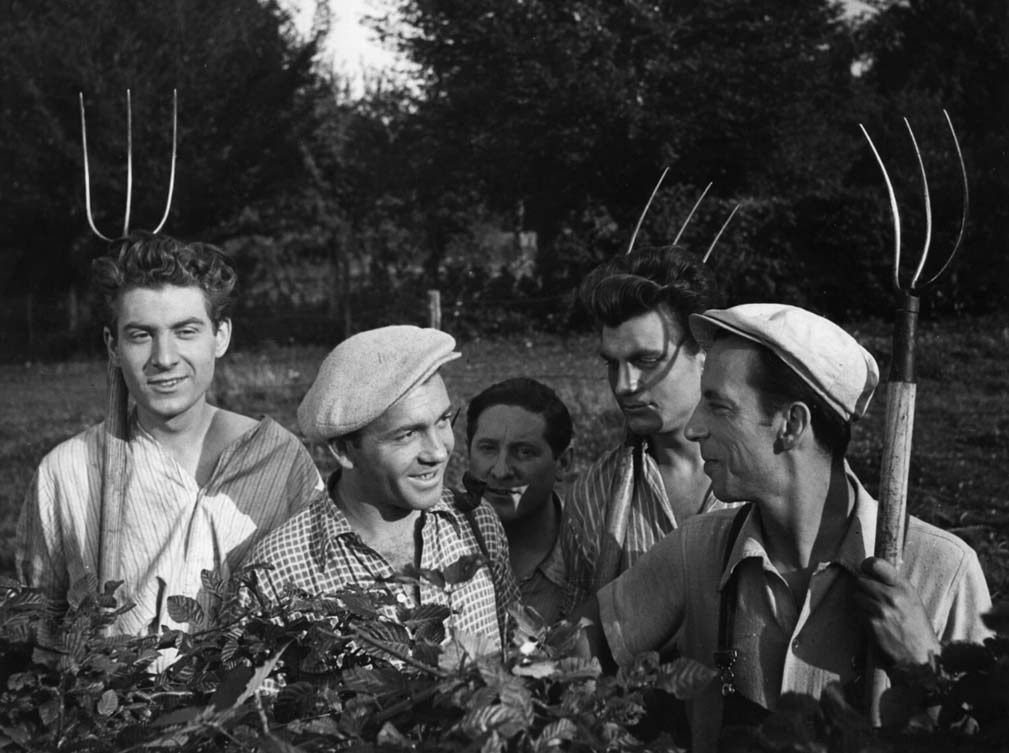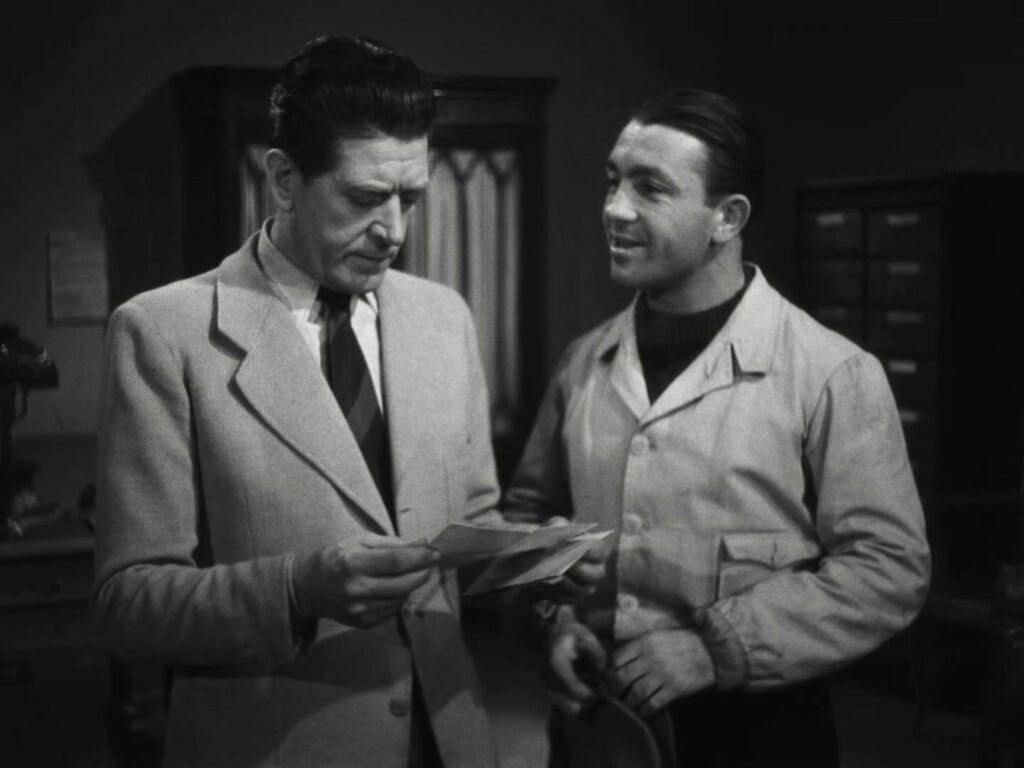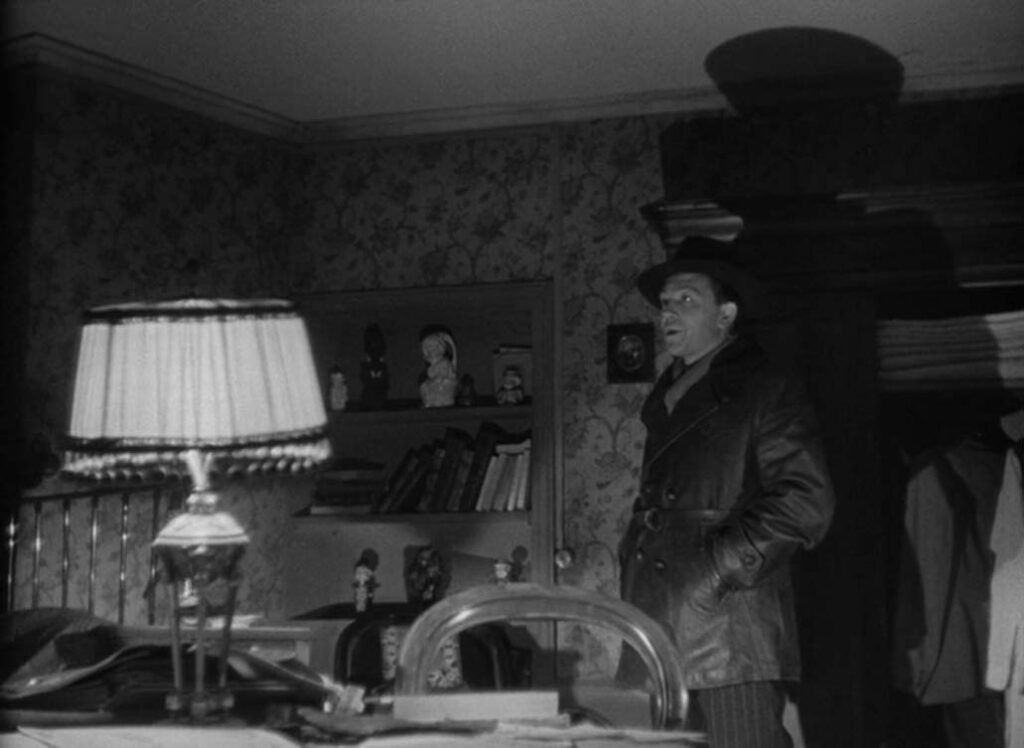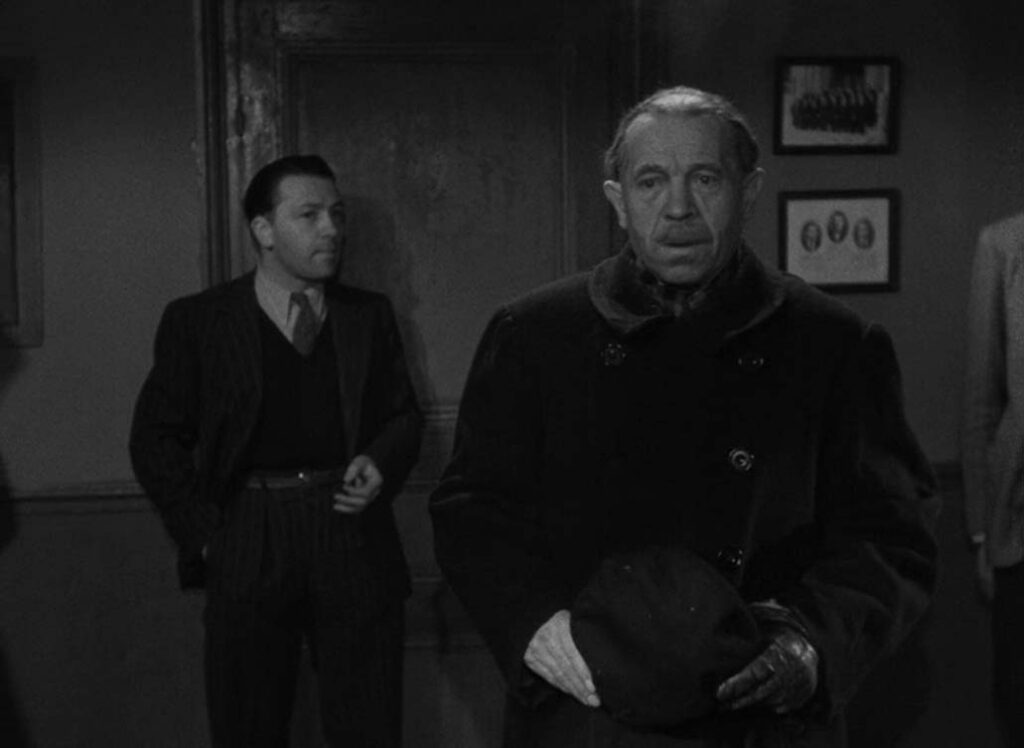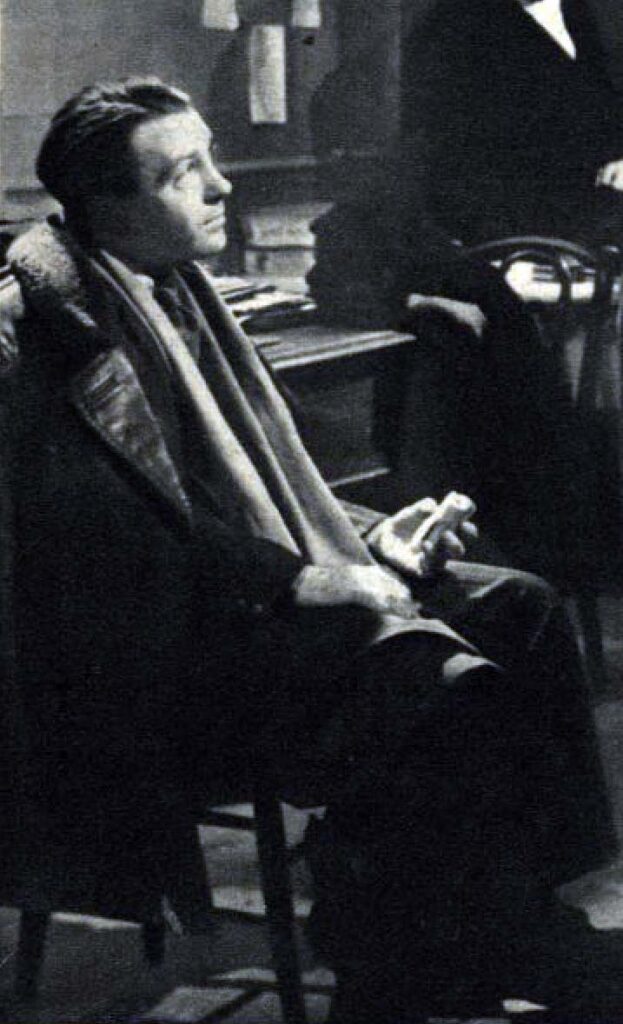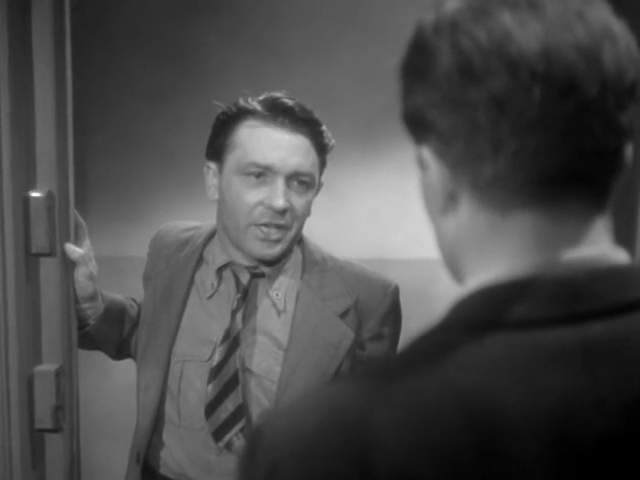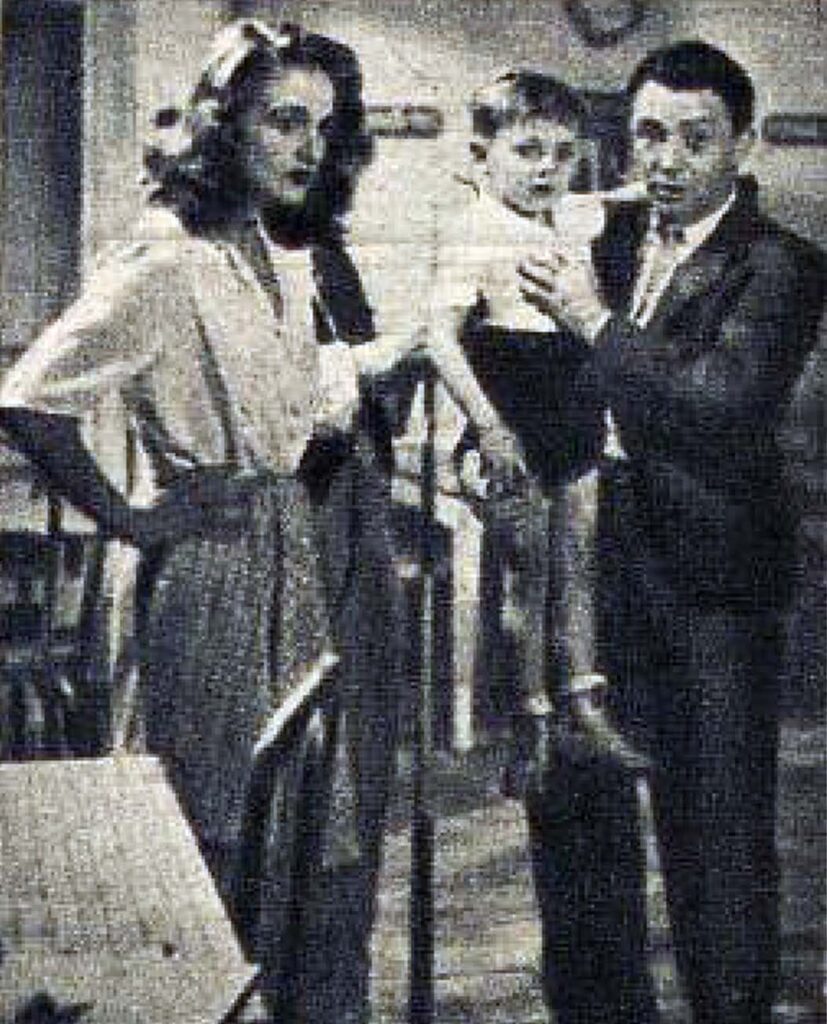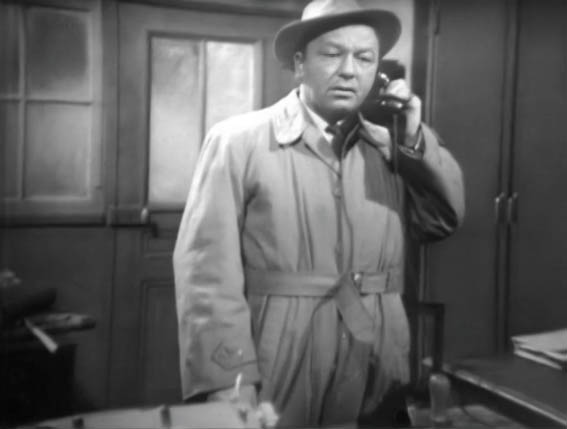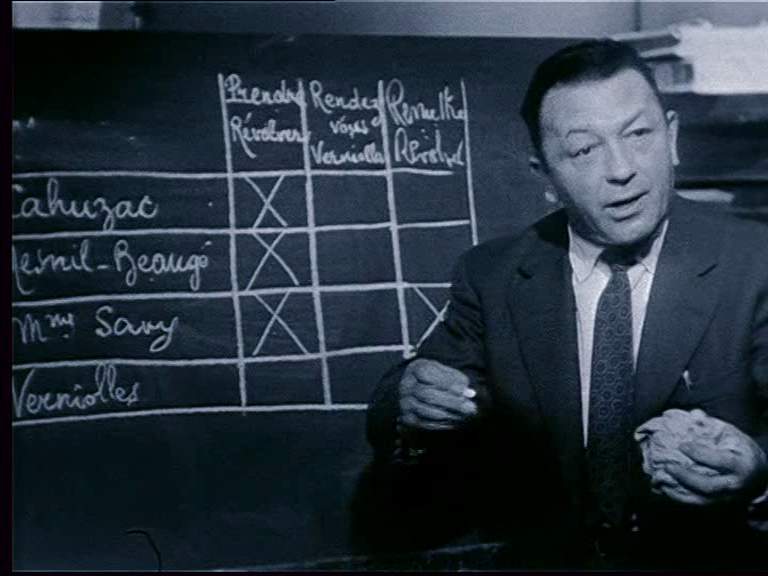Information
Full name: Jean Charles Barniaud
Birth: June 21, 1913 in Paris, France
Death: March 11, 1989 in Argenteuil, France
Job on Snow White:
Voice of Sneezy in the second French version
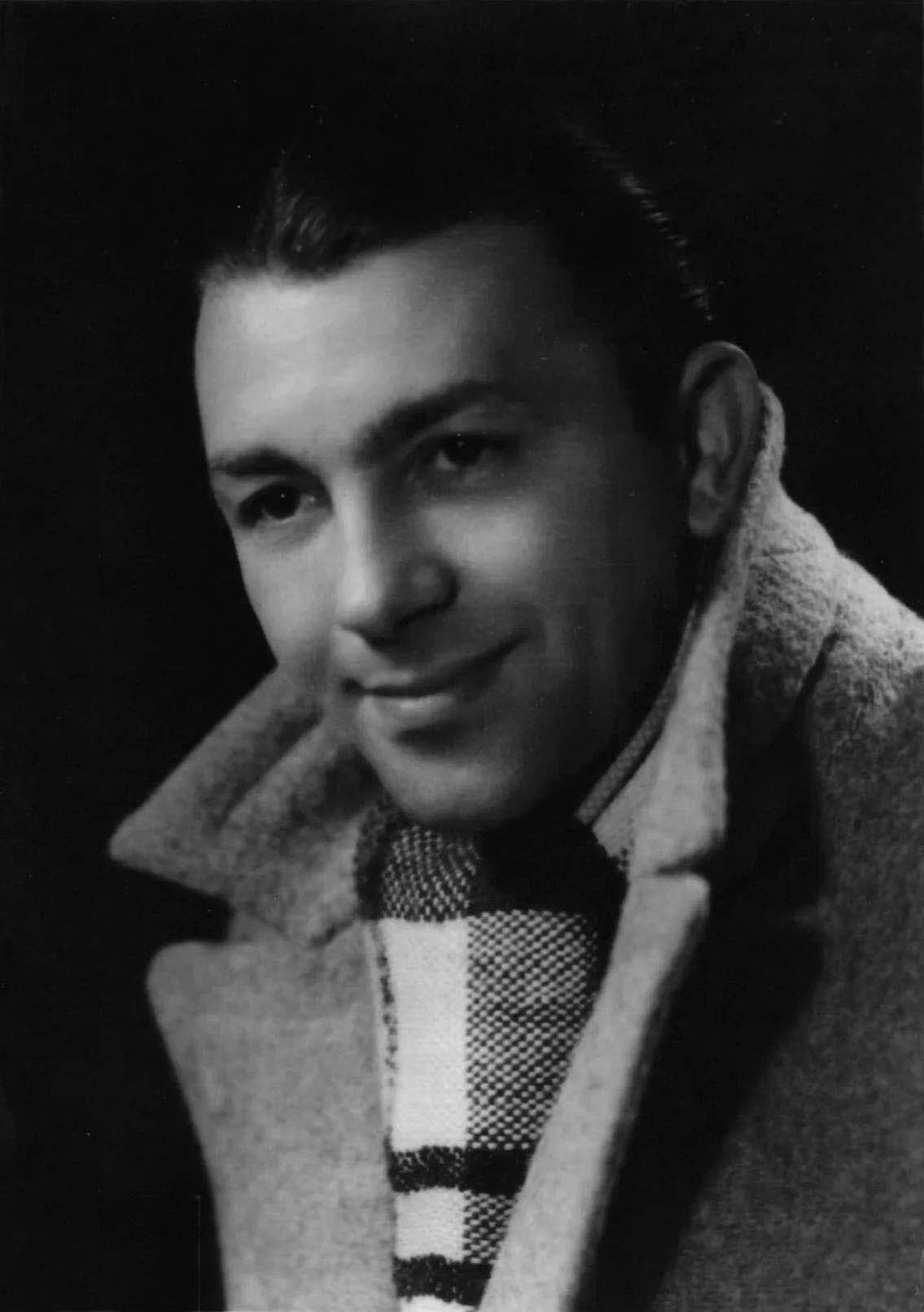
A child of the theater, Jean Daurand was undoubtedly the most recognizable personality to the general public at the time of the second French dubbing of Snow White in 1962, where he played Sneezy. He then triumphed on the small screen in the detective series The Last Five Minutes, which marked both his career and his life.
His parents
Born Jean Charles Barniaud on June 21, 1913 in Paris XIV, it seems that his parents’ acting careers didn’t take place under their real names either: his father, we learn from the Paris newspaper of September 16, 1917, performed at the Grand Guignol under the name Defresne, and lived in Livry-Gargan with his wife and children. He was a telephone operator in the army at the time, and had already received two commendations for his involvement in the conflict. On October 14 of that year, the same newspaper reported on a morning benefit for Hospital 115, in which Mrs. Barniaud took part. It is thanks to this article that we know the origin of Jean’s pseudonym: his mother Ernestine Durand herself performed under the name of “Mme Daurand du Grand Guignol, whose praise is no longer due.” And indeed, Mlle E. Daurand has, it seems, already played the title role of “Claudine à Paris” over 100 times at the Bouffes Parisiennes in 1903. She is described as sunny and alert. The following year, she played Aline in “Le chemineau” at the Odéon, and Louise in “L’incendiaire” at the Théâtre Montparnasse, alongside Camille Beuve, who kept her in increasingly important roles over the years (including Ophelia in Hamlet). Le rideau artistique et littéraire published a biography of her in its pages in 1907, the same year that postcards bearing her image became available. In 1909, the text was reprinted almost unchanged, accompanied by a photograph. However, as early as 1907, she changed registers, appearing at the Théâtre Moderne in “Le billet de logement” and “Ferdinand le noceur”. In 1909, she played “L’hôtellerie sanglante” at the Théâtre Grenelle, and soon afterwards made her debut at the Grand Guignol in “Le testament”. Sharing the stage with her in the play is… M. Defresne aka Charles Barniaud.
At the time, he was already a pillar of the institution. From then on, they performed in one play after another, often together. Ernestine was on stage up to 11 days before she gave birth, and resumed barely a month afterwards. On April 29, 1922, Ernestine was promoted to Officier de l’Instruction Publique, and in 1924, she moved to the Capucines to work for Yves Mirande, where she appeared in silhouette in “Miche et son père”. She continued to work with varying regularity, even appearing in the film Pierrot, mon ami in 1934.

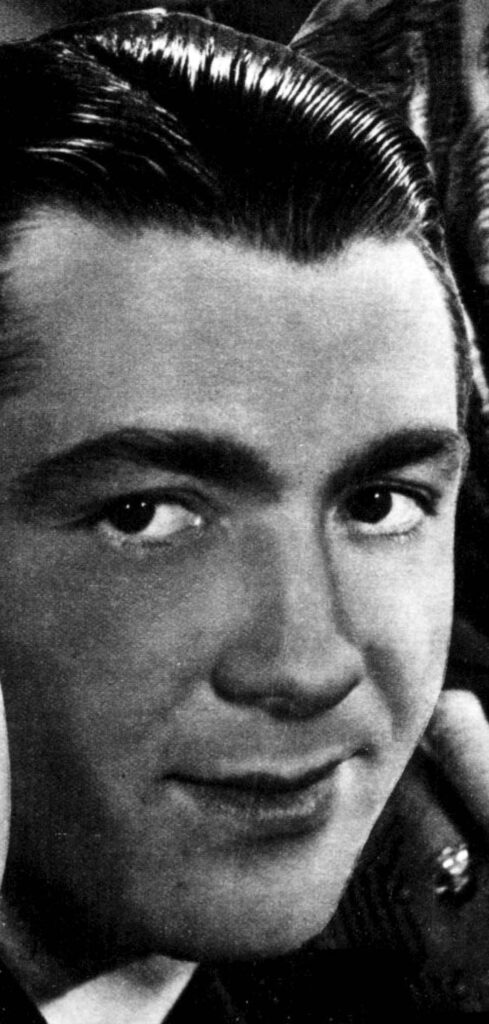
From theater to cinema
In Le carnet de la semaine of February 1, 1933, M. Daurand, “a young actor with a bright future”, appears in the role of the nephew in “La joyeuse nuit” at the Théâtre Comœdia, alongside Lita Recio, herself a future dubbing star, and Lucien Raimbourg, whom he would follow in several plays over the next few years and whom he would meet again no less than six times in Les cinq dernières minutes.
At Les Deux-masques, he played in Maurice Leblanc’s detective play “L’homme dans l’ombre”. In May and June 1936, “Nadir” at the Théâtre de l’œuvre, “Tuez la guerre” at the Théâtre Albert Ier. Paris-Soir of August 13, 1936 notes that, “a defector from the Théâtre des Deux-Masques”, he has an “important role” in “Passé à vendre” alongside Jeanne Aubert and Pierre Brasseur. “Le dernier prêtre” (1937) at the Théâtre des Capucines. He plays “Sixième étage” at the Théâtre des Arts with Léonce Corne, future voice of Grumpy, and repeats his screen performance in Maurice Cloche’s adaptation with Janine Darcey, which earns him newspaper photos. But before that, the first screen role to attract press attention was in La vie est magnifique, released in Paris in March 1939, which landed him the cover of “Pour Vous”, which saw in him “perhaps a new Gabin, and surely a second Azaïs”. In this film, he reunited with Robert Lynen, whom he had met in Éducation de Prince, in which he had only a small role. But the war came and Jean Daurand was not yet an established star. He kept on touring, but played a series of small, unremarkable roles. He did, however, star alongside Gaby Morlay in Service de nuit, which attracted some attention. After the War, he had a notable role in La bataille du rail and another in Le silence est d’or, also starring Christiane Sertilange, who married him in November 1946. He played an inspector in the famous Quai des orfèvres, a type of role he often reprised and for which he became famous on the small screen, thanks to the role of Inspector Dupuy, alongside Commissaire Bourrel, played by Raymond Souplex. As his big-screen career faded after the end of the ’40s (he still appeared in Les Dieux du dimanche with Serge Nadaud), it was television and the stage that offered him important roles. His filmography includes Les amours de Blanche Neige with Yvette Lebon and Michel Marsay, released on January 11, 1950, which has nothing to do with the fairy tale, despite its title.
Dubbing
As early as August 9, 1934, Comœdia revealed that he was already one of the main actors in the dubbing of the film Found Alive, where he probably dubbed Maurice Murphy alongside Georges Hubert, whom he would meet again on the dubbing of Snow White, where he played the role of Sneezy, a character always between sneezes that left him little time to use his normal voice.
Jean Daurand died on March 11, 1989 in Argenteuil. His grave bears the name Inspector Dupuy.
